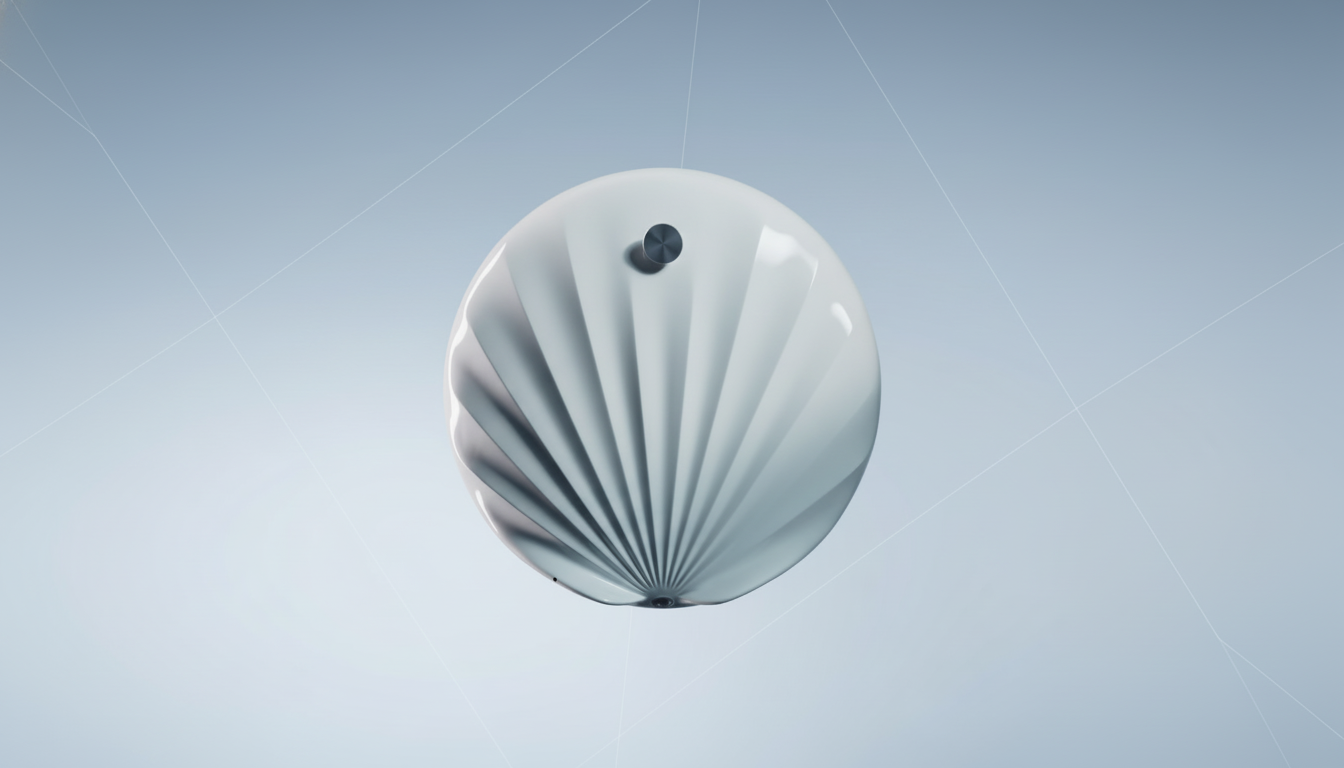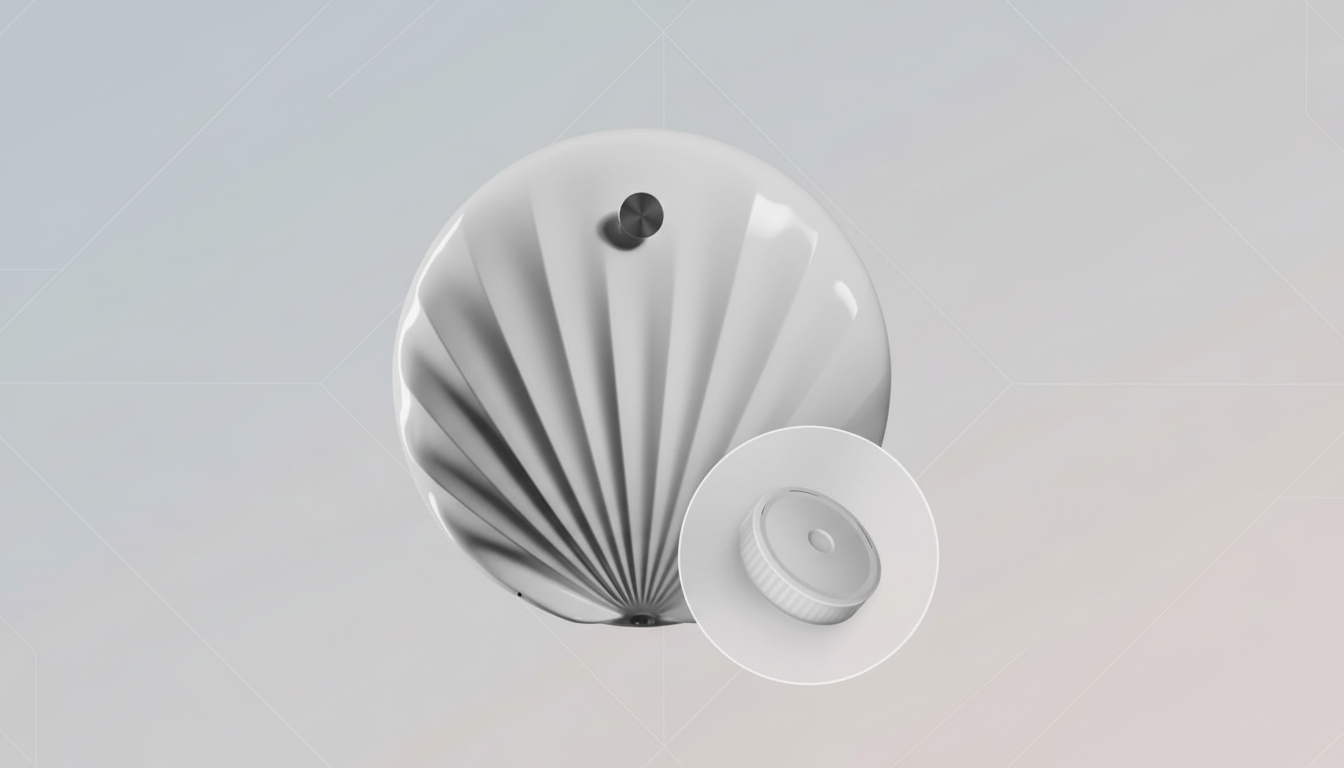Health monitoring is shifting from watchbands and rings to the place where everyone visits daily — the toilet. “Withings unveiled U-Scan Nutrio and U-Scan Calci, the small urine-analyzing devices discreetly installed in the bowl that analyze hydration, nutrition and kidney stone risk factors passively in the background of daily life — without having to take off a single layer or blink an eye even once.”
Why Urine Is a Goldmine of Biomarkers for Health
Urine is a biochemical record of what the body ingests and expels. The Human Metabolome Database contains thousands of urine-detectable compounds from electrolytes to metabolites, hormones and proteins. And it is that breadth that has long prompted clinical labs to rely on urinalysis for clues about kidney function, hydration, diabetes and infection.

Unlike sporadic blood tests, bathroom trips occur several times a day. In an article published Wednesday in Nature Biomedical Engineering, researchers described continuous or passive urine monitoring as a promising means to capture physiological evolution in real time. The idea is easy enough in concept: people are flushing meaningful data, and steady-state sampling can uncover trends that one-off tests overlook.
Inside the New Sensors for Toilets and How They Work
The U-Scan by Withings is a shell-shaped module that attaches to the inside of the toilet bowl with a clip. The presence of urine is sensed by a thermal sensor and microfluidic channels guide several droplets to interchangeable cartridges filled with biochemical testing strips. There’s no camera on board, an intentional design choice that sets it apart from Kohler Health’s Dekoda, which combines sensing with a teensy imaging system.
Nutrio zooms in on hydration and nutritional balance, while Calci leans heavily toward markers linked to kidney stones, such as calcium trends. Results appear in the companion app, which also wraps patterns into approachable scores and daily guidance through the company’s subscription service, Withings+. Users program “on” windows so that the device is analyzing urine only at specific times, minimizing noise and power use.
The device cleans and recharges itself in three hours, and it’s also dishwasher-safe.
Cartridges are meant to last for up to three months, although heavy sampling can reduce that window. The goal was to allow people to use the bathroom as they always had, but with a closer approximation of an at-home pee lab.
What Early Users and Clinicians Need to Know
The continuous oversight of something like kidney stones might be more than fun and games. The National Kidney Foundation says about 1 in 10 people are affected. High urinary calcium, low citrate and low urine volume are common risk factors, and monitoring them over time may empower people and their clinicians to tailor diet and hydration to avoid recurrence, the American Urological Association reports.

Even so, consumer devices are usually framed as wellness tools, not diagnostics. Exercise, supplements or timing of the sample can distort hydration scores. Nutrition markers are averages and should not substitute for a clinician-ordered 24-hour urine. The preferred approach is to consider trends as jumping-off points for health care visits rather than medical judgments.
Sampling strategy matters, too. Morning specimens are usually more concentrated and those collected at midday represent recent dietary intake. “With DTP-scheduled windows, users can normalize testing and make week-over-week comparisons more relevant.”
The Business and Privacy Equation for U-Scan Data
U-Scan’s business model is a departure from one-off gadgets to ongoing services. Proactive: 3 months for $380, with a $100 renewal. An intensive course is $450, with renewals for $180. Withings+ is priced at $100 a year or $10 per month and enables the tailored observations many consumers are waiting for.
The subscription model also brings predictable questions: How is the data secured, where is it stored and who can access it? Most consumer-health companies tend to focus on end-to-end encryption, consent-based sharing and dependence on data protection laws including GDPR. Buyers need to read privacy policies carefully, decide whether to enable cloud sync and consider other members of the household who will be included in the data. The lack of a camera eliminates some sensitivity, but bathroom analytics still require robust guardrails.
A Platform in the Bathroom for Passive Health Data
Smart toilets are going from concept to category. Academic teams have prototyped units that can identify users and screen for urinary tract infections, while bathroom brands have showcased “wellness toilet” concepts to analyze waste and offer lifestyle recommendations. The vision is for a modular platform: swap cartridges to monitor hydration today, electrolytes or hormones tomorrow, and combine those signals with wearables and connected scales for a full view.
The huge opportunity is continuous, context-rich data without any additional work. The hard part is making that stream clinically credible, private by design and truly useful. Withings’ U-Scan takes an important step by moving lab-like tests where health is already happening. If the value ends up being real, and the privacy stance remains intact, the most useful health sensor in our home could become one that we don’t actively consider — until it quietly alerts us to something we can fix.

